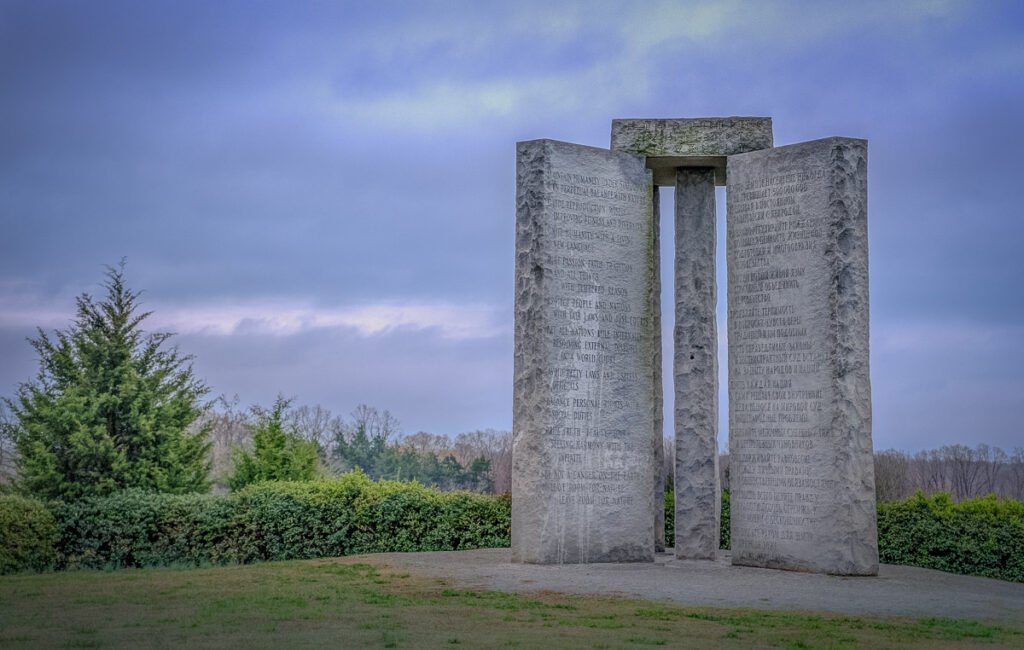On a lonely hilltop in rural Georgia, four massive slabs of granite once stood against the sky, drawing travelers, conspiracy theorists, and star-gazers alike. These were not just stones; they were a message carved in eight languages, a riddle wrapped in stone and secrecy. The Georgia Guidestones, sometimes called “America’s Stonehenge,” have fueled fascination, outrage, and awe since their mysterious appearance in 1980. What drove their creation? Who left their cryptic commandments etched into the landscape of Elbert County? And why do these stones continue to stir intense curiosity, even after their dramatic destruction? The story of the Guidestones is as strange and layered as the granite itself, inviting us to question what we know about the past, the future, and ourselves.
The Birth of a Monument Shrouded in Secrecy
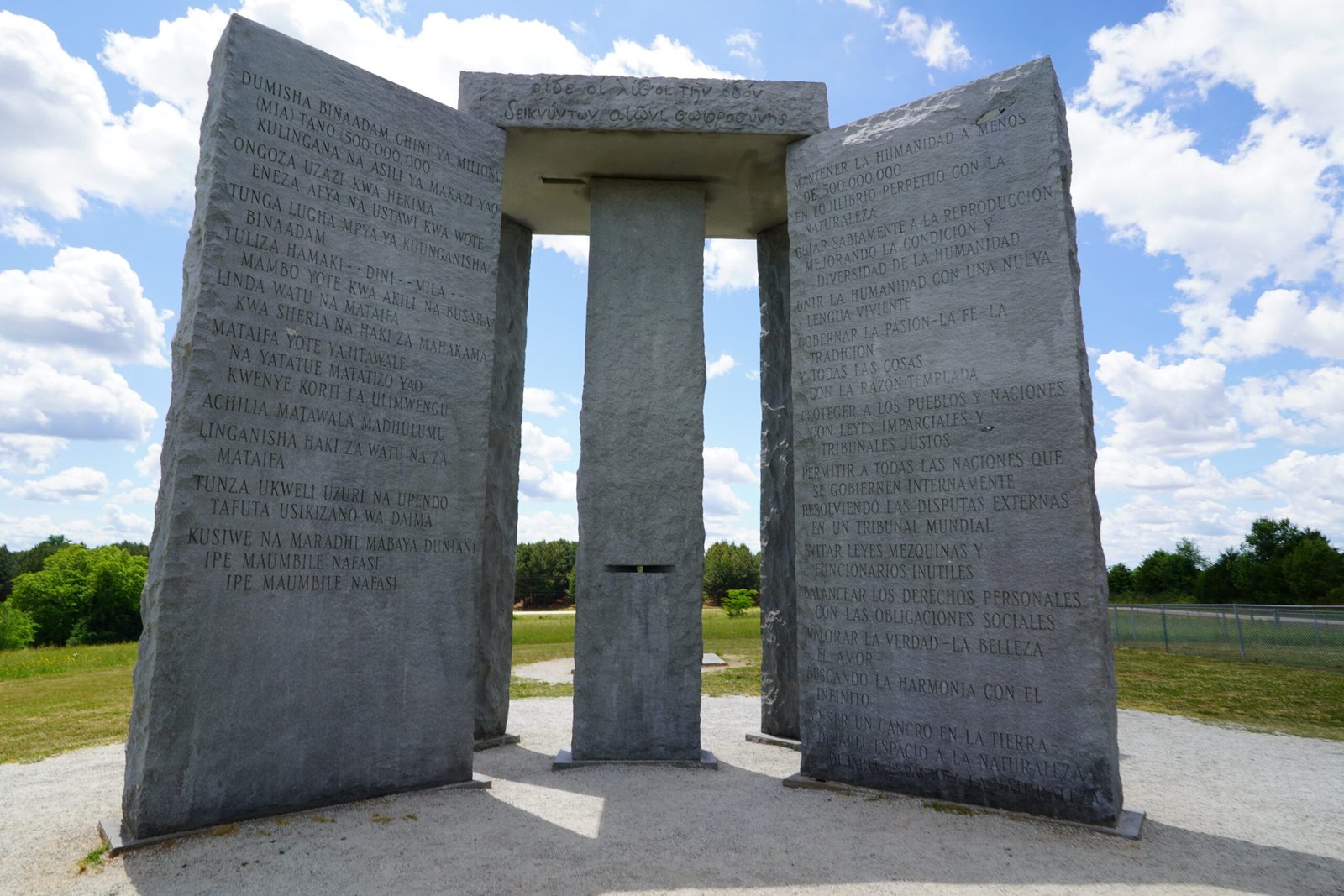
The Georgia Guidestones did not rise from centuries of tradition like Stonehenge. Instead, their story began with a stranger. In 1979, a man using the pseudonym R.C. Christian approached a granite company in Elberton, Georgia, with an unusual request: Build a monument containing guidelines for humanity. To this day, the true identity of R.C. Christian remains a closely guarded secret, fueling speculation about his motives and connections. The construction was expensive, costing hundreds of thousands of dollars, and every detail—from languages chosen to astronomical alignments—was meticulously planned. Locals were initially baffled by the sudden appearance of this modern megalith, and rumors quickly spread about its purpose and backers.
Design and Construction: Precision in Granite
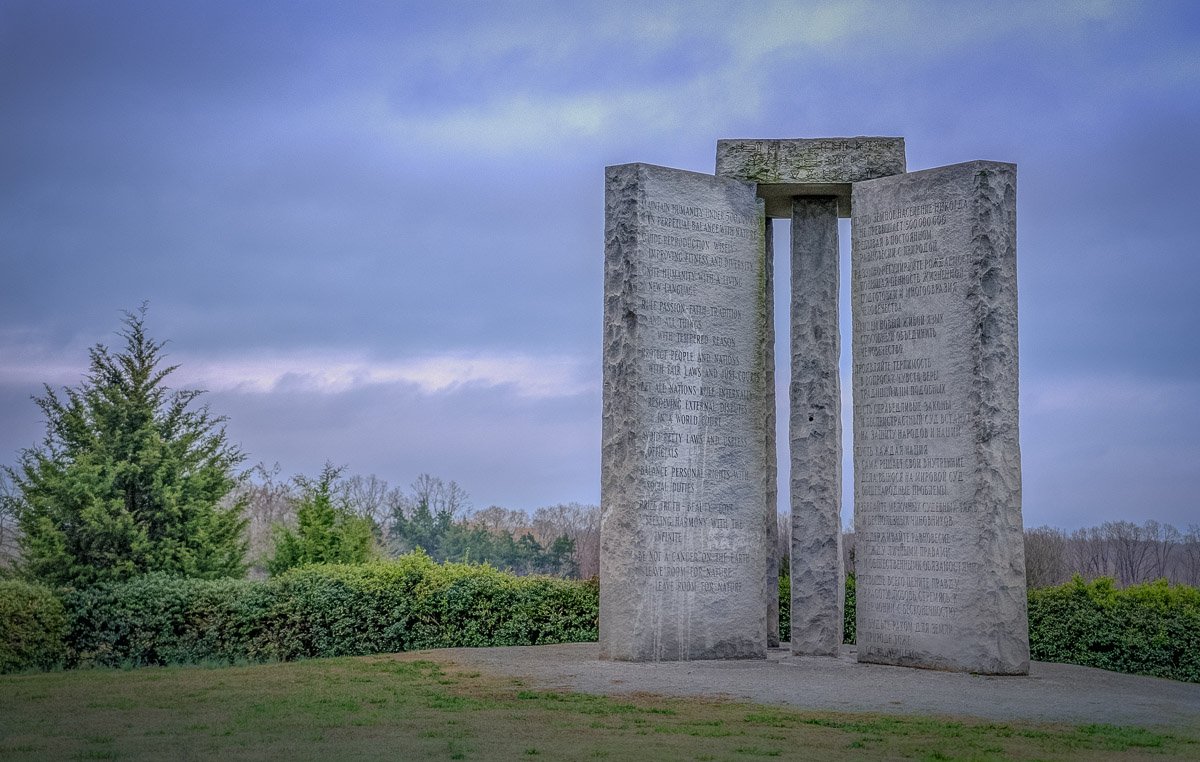
The Guidestones were not just large; they were engineered with astonishing precision. Standing nearly 20 feet high and weighing over 237,000 pounds in total, each of the four main stones was carefully positioned to mark the limits of an 18.6-year lunar cycle. A fifth central stone anchored the monument, while a capstone sat on top. The design incorporated astronomical features, including a slot for viewing the rising sun on the solstice, and a hole that pointed toward the North Star. The craftsmanship was remarkable, with the granite sourced from local quarries and finished to endure centuries of weather. This attention to both science and symbolism set the Guidestones apart from ordinary monuments.
The Mysterious Messages: Ten Guidelines for Humanity
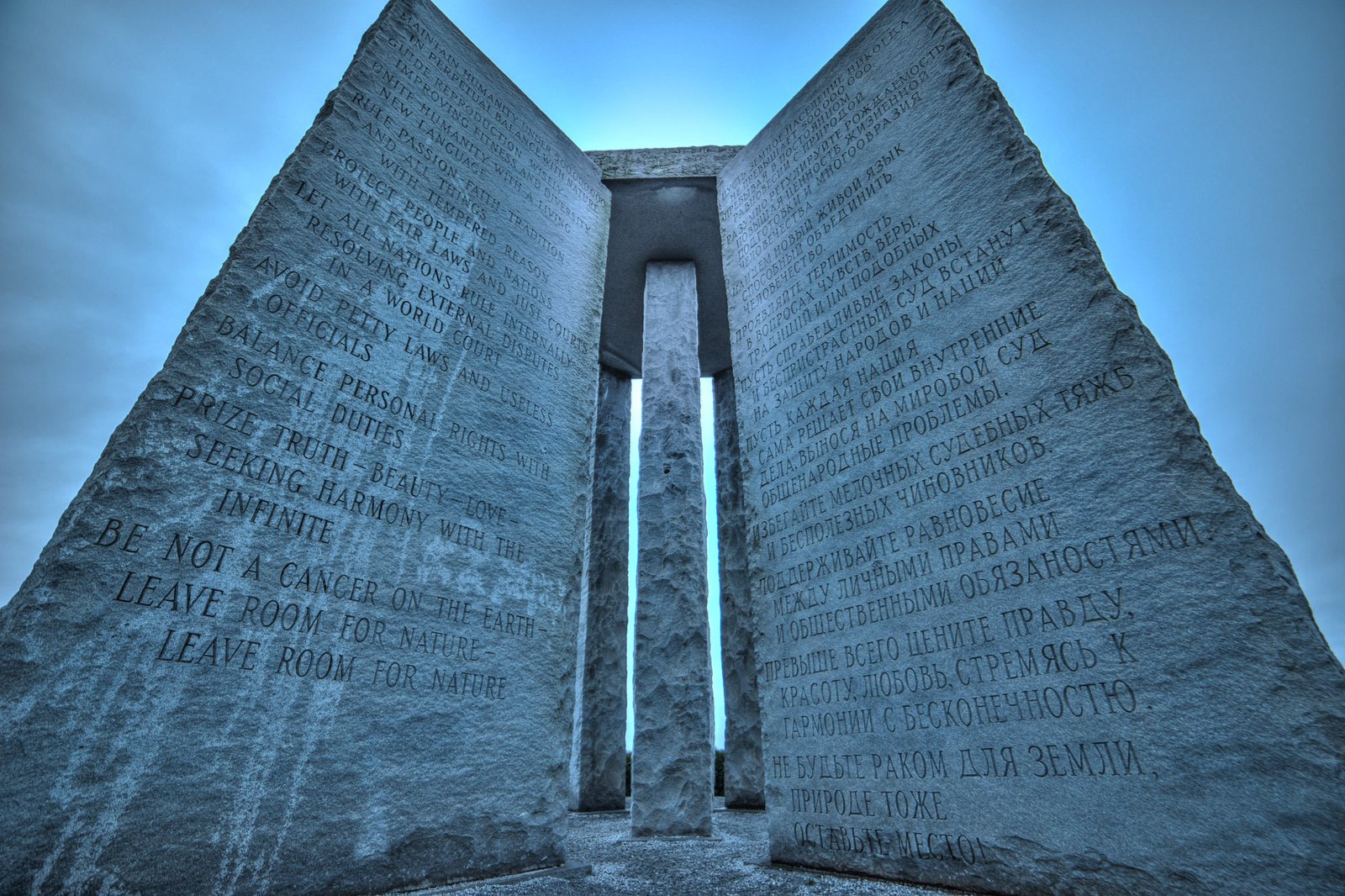
Perhaps the most shocking feature of the Guidestones was the inscription: Ten “guides” or commandments for a new era. These rules, carved in eight languages (English, Spanish, Swahili, Hebrew, Arabic, Hindi, Chinese, and Russian), included calls to protect nature, seek balance, and unite humanity. The first and most controversial tenet urged, “Maintain humanity under 500,000,000 in perpetual balance with nature.” Other directives spoke of guiding reproduction wisely, uniting humanity with a new language, and avoiding petty laws and useless officials. These inscriptions have been interpreted in wildly different ways, from utopian visions to warnings of authoritarian control.
Languages and Symbolism: A Global Message
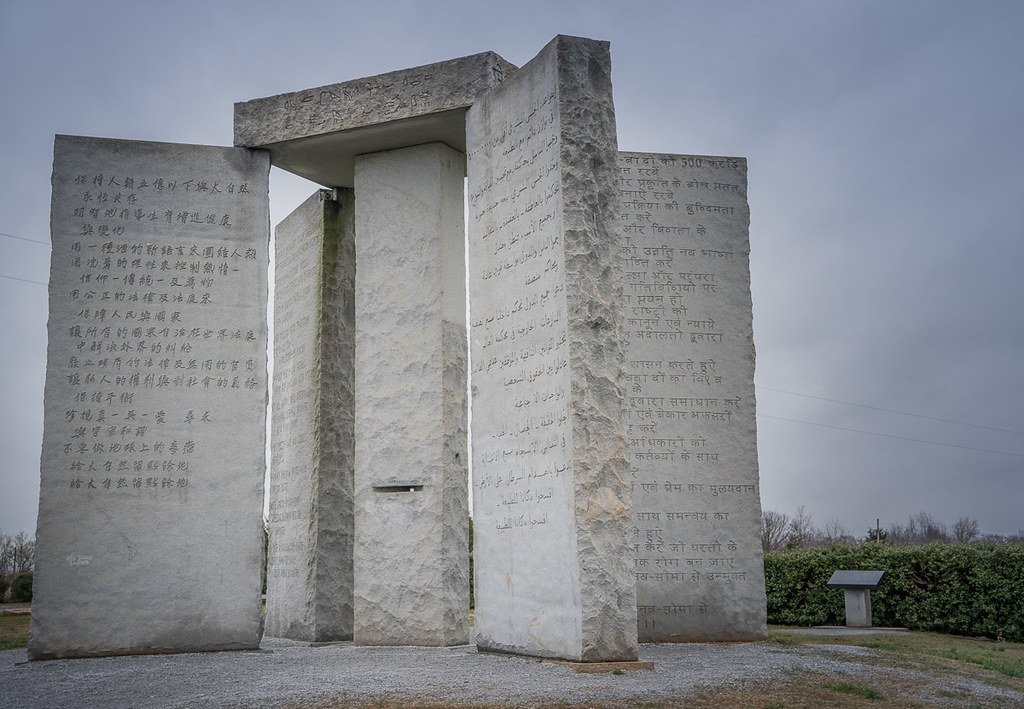
The decision to inscribe the Guidestones in eight world languages was no accident. It reflected the mysterious sponsor’s desire to reach as broad an audience as possible, transcending borders and generations. The languages chosen represented a wide swath of humanity, from ancient tongues like Hebrew to those spoken by millions today, such as Chinese and Spanish. This multilingual approach hinted at the monument’s intended universality. Adding to the symbolism, astronomical features and the use of the number ten (echoing ancient commandments) suggested a deliberate effort to blend science, spirituality, and global unity.
Astrological and Astronomical Alignments
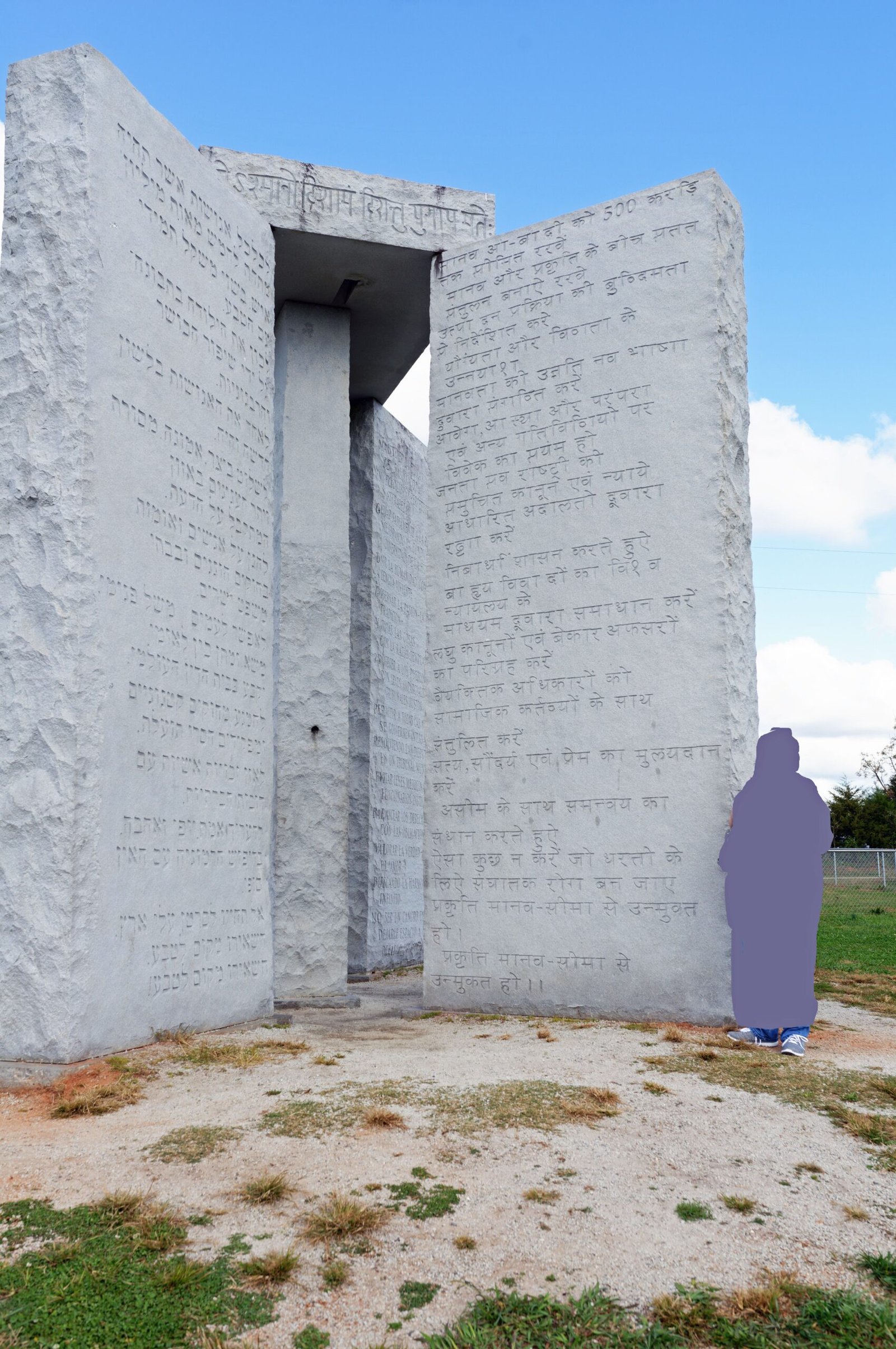
Much like the ancient wonders of the world, the Guidestones were built with the heavens in mind. The central pillar contained a slot oriented to the sun’s solstices and equinoxes. A small hole drilled through the stone pointed straight to Polaris, the North Star, serving as a constant marker through the ages. There was even an aperture that allowed a beam of sunlight to shine through at noon, illuminating the date on an engraved calendar. These features weren’t just for show; they embodied a deep respect for cycles of nature and the universe, suggesting that the creators valued humanity’s place within the cosmos.
Controversy and Conspiracy: Theories Abound
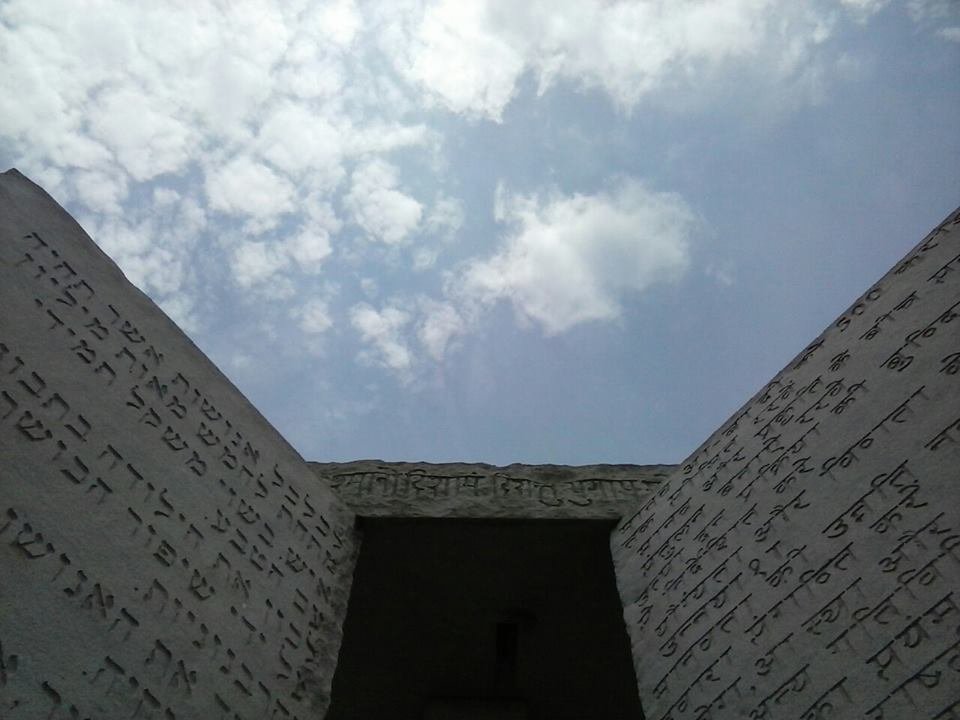
From their very unveiling, the Guidestones sparked heated debate and wild speculation. Some saw them as a wise warning for future generations, urging sustainability and cooperation. Others, however, interpreted the call for a reduced population and global governance as evidence of a sinister plot by shadowy elites. The secrecy of R.C. Christian’s identity only fueled rumors, linking the monument to everything from secret societies to apocalyptic cults. The stones became a magnet for conspiracy theorists, with debates raging online and in local communities about their true purpose.
Public Reaction: Reverence, Outrage, and Curiosity
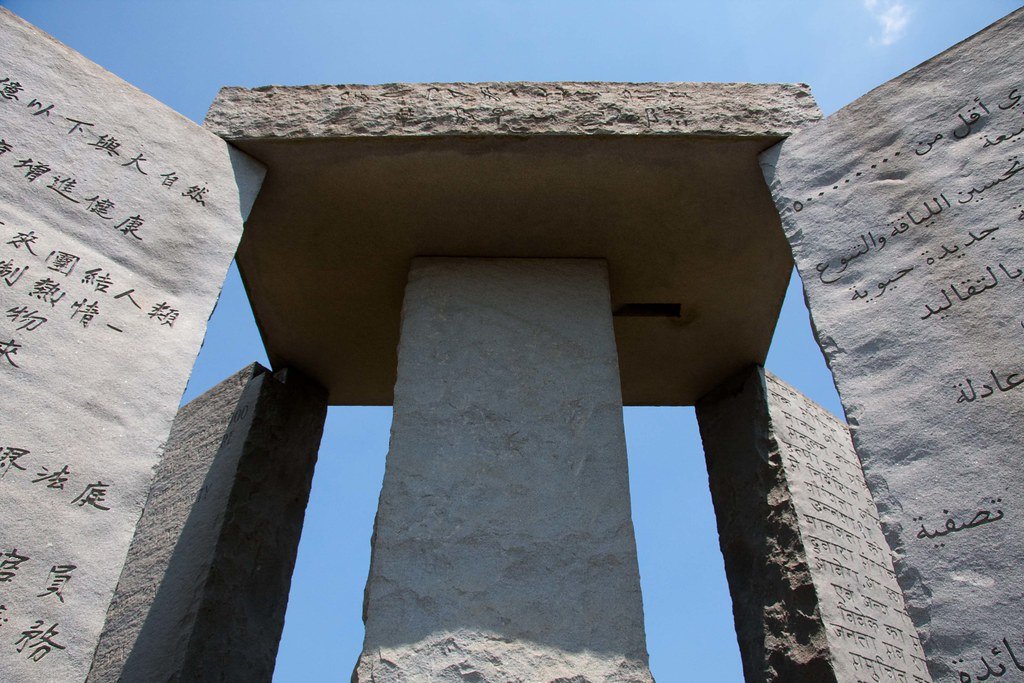
The people of Elbert County and beyond responded to the Guidestones in dramatically different ways. To some, they were a bold piece of public art, attracting tourists and putting rural Georgia on the map. For others, the stones represented a threat—or even an evil omen—leading to frequent vandalism and heated protests. The monument became a lightning rod for national attention, especially as conspiracy theories spread. Despite (or perhaps because of) the controversy, the Guidestones drew thousands of visitors, each arriving with their own questions and theories.
The Destruction: A Shocking End
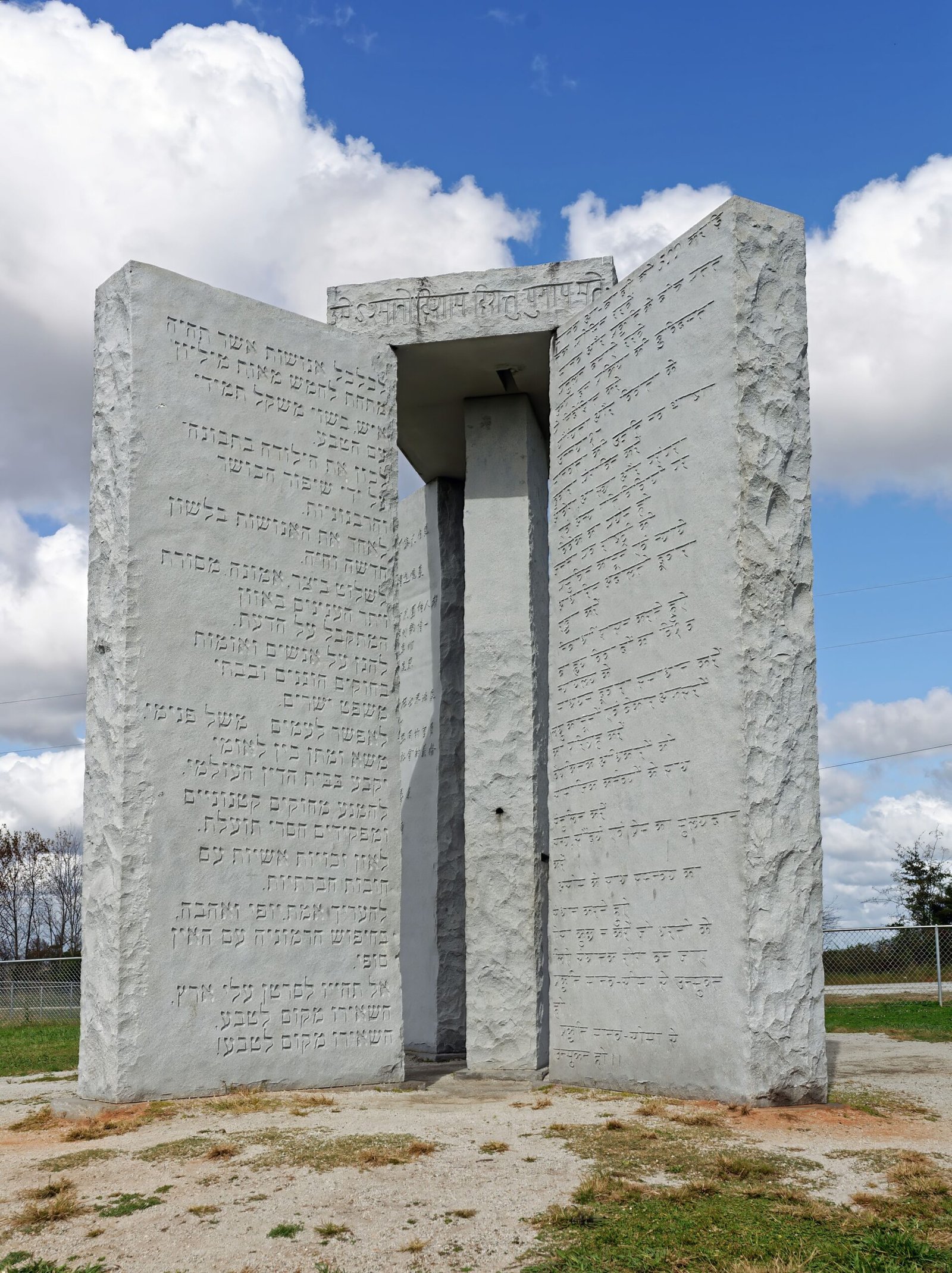
In July 2022, the world watched in disbelief as the Georgia Guidestones were partially destroyed in an act of vandalism involving explosives. The remaining stones were later dismantled for safety, leaving the site eerily empty. This abrupt end only deepened the mystery, as authorities searched for those responsible and debate raged over the monument’s meaning and legacy. The destruction was both a literal and symbolic blow—a monument built for the ages toppled in an instant, leaving behind only questions and memories.
The Legacy: Myth, Memory, and Ongoing Debate
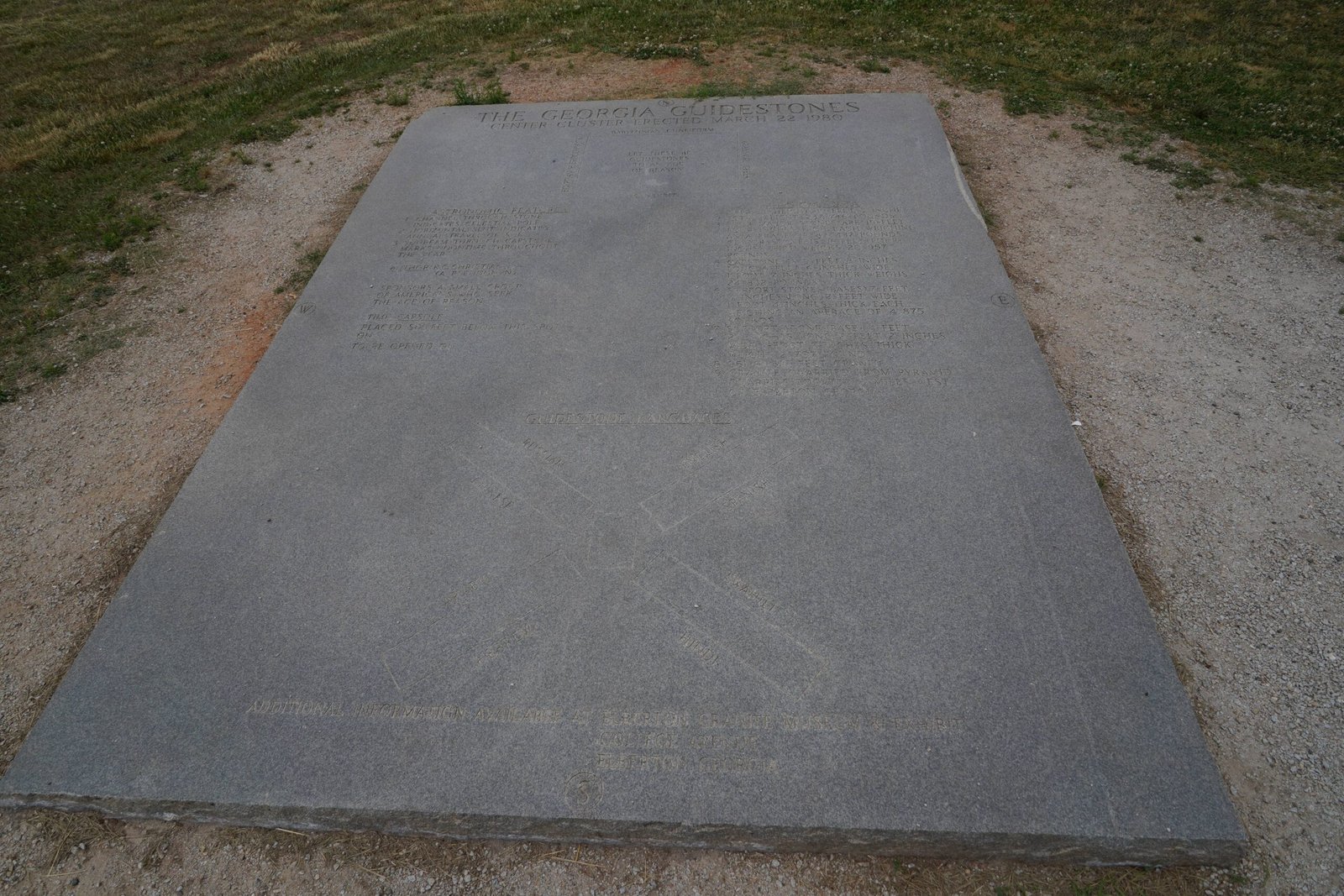
Even in their absence, the Guidestones continue to provoke thought and debate. Some see their destruction as a tragic loss of art and vision, while others feel relief at the erasure of what they considered a dark symbol. The questions they raised—about humanity’s future, our relationship with nature, and the power of anonymous influence—remain as urgent as ever. The site in Elbert County has become a place of pilgrimage for those fascinated by the story, and the legend of the Guidestones has only grown since their fall.
Nature and Science: Lessons from the Stones
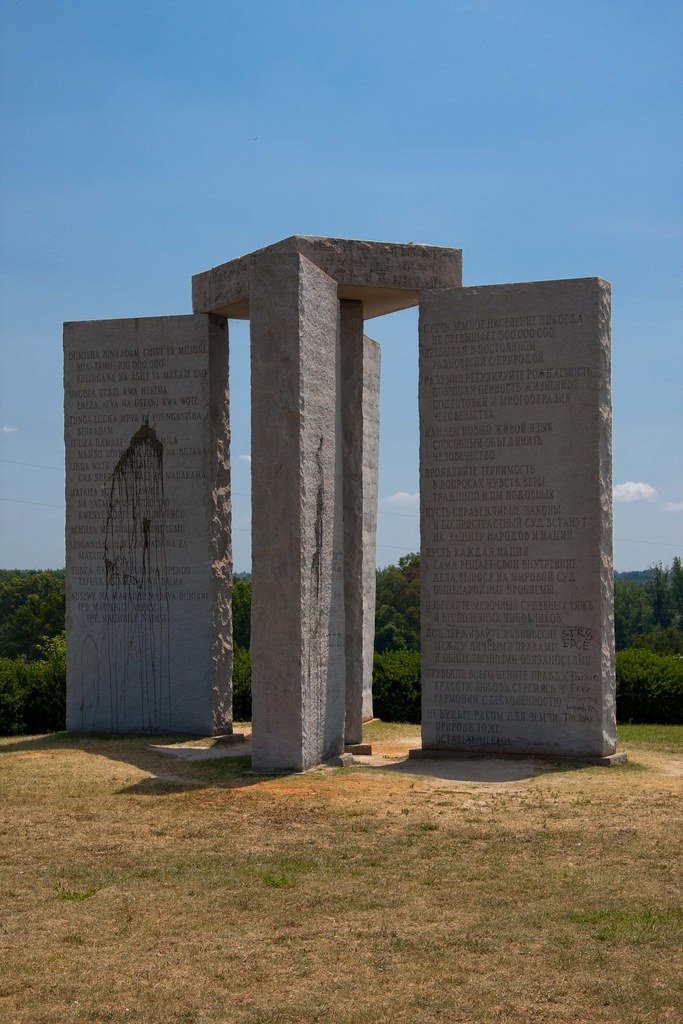
Beyond the controversy, the Guidestones offered a striking reminder of humanity’s ability to shape—and be shaped by—the natural world. Their astronomical alignments reflected centuries of scientific tradition, while their messages touched on environmental stewardship and sustainable living. The use of local granite and the monument’s careful placement spoke to a harmony between human achievement and the landscape. In a time of global change, the Guidestones challenged us to consider how science and ethics might guide our next steps.
The Power of Mystery: Why We Still Care

There is something deeply compelling about a riddle set in stone. The Georgia Guidestones drew people from across the globe not just because of what they said, but because of what they left unsaid. The unanswered questions—Who built them? Why? What did they hope to achieve?—invite endless speculation and fascination. In a world hungry for certainty, the Guidestones remind us of the enduring power of mystery, and of our own longing to uncover the truth behind the things we do not fully understand.
As we look back on the story of the Georgia Guidestones, we are left with a sense of wonder, controversy, and a lasting challenge: What messages would we want to leave for future generations, and how would we hope to be remembered?

